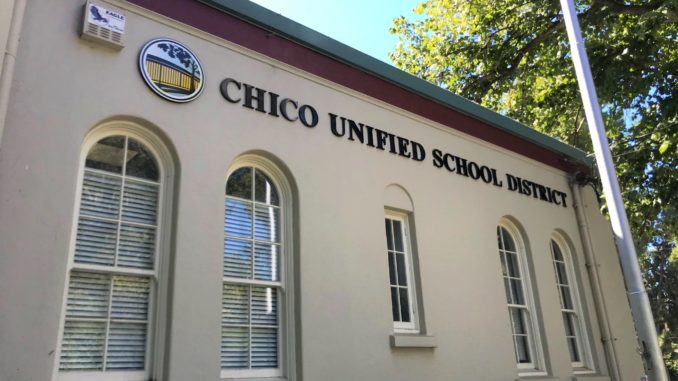
Just before spring break this past March, when school districts across Butte County shifted rapidly to remote instruction in response to coronavirus, Caitlin Dalby also made a quick pivot. In her eighth year as a science teacher at Marsh Junior High in Chico, Dalby had gone on maternity leave in January and given birth to her daughter, Isla, in February. But, with major change imminent, she felt her school kids needed the stability of their regular teacher versus a long-term substitute.
“Maybe selfishly I thought it was best for students [that] I come back—I think so highly of myself, I don’t know—and jump back in with my coworkers trying to figure out distance learning,” Dalby told the CN&R (fittingly by FaceTime). “I think maybe the better way to describe it was ‘crisis learning.’ There were new requirements coming out every week … it was ever-changing, and we were trying to keep pace with that, too.”
Summer brought time to regroup, reassess and plan for the 2020-21 academic year, which started this week for some Butte County schools, such as in the Paradise Unified School District, and begins Monday (Aug. 17) for the Chico Unified School District (CUSD). When the California Department of Public Health placed Butte County on the coronavirus monitoring list July 22 due to a spike in cases, reimposing restrictions on indoor gatherings, all districts had to look to their online-only options.
The Butte County Office of Education offers guidelines, but ultimately each district and independently governed charter school determines how to operate within state law. CUSD will have teachers working from their classrooms half the day to gather remotely with students during set class periods, then from each teacher’s choice of location—i.e., school or home—to interface one-on-one for the remainder of the day.
John Shepherd, CUSD’s director of secondary and alternative education, said this structure allows for “professional delivery” of “consistent curriculum.” Teachers will have “technology at their fingertips,” including laptops that can reverse for use as a writing tablet, 72-inch instructional boards in the classrooms and new cameras, all connected to the internet via the district’s 10-gigabyte network.
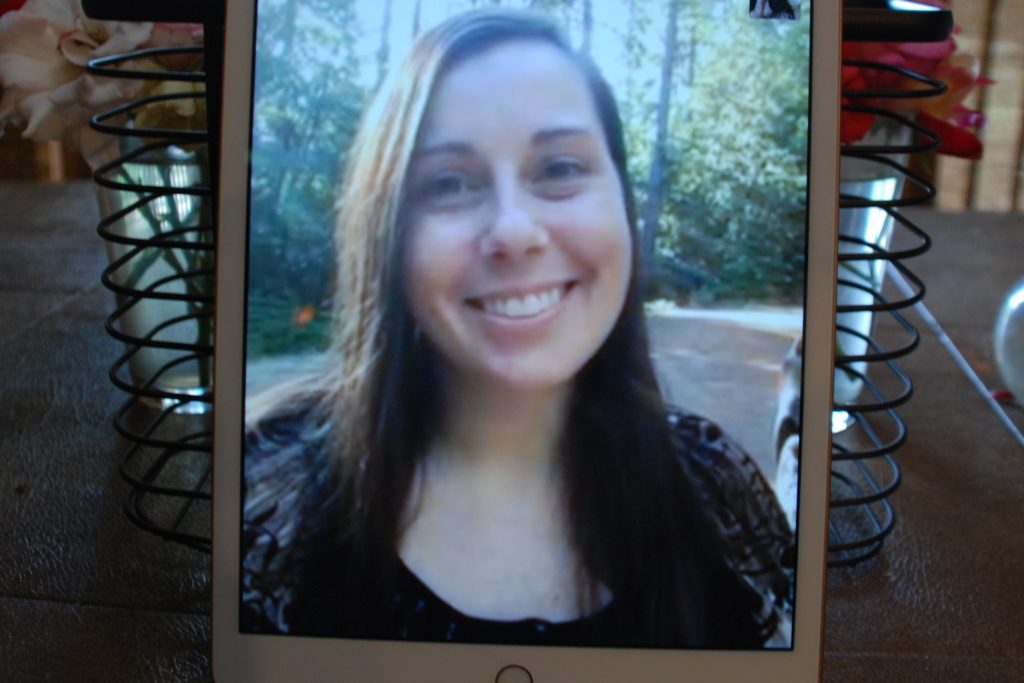
Dalby has concerns. While teaching at Marsh, she worked remotely on her master’s degree—in land resources and environmental sciences—from Montana State University. She said best practices for online instruction call for more asynchronous learning: students studying the same material at different times (and locations). That model—as opposed to synchronous learning of scheduled time blocks to log in—also benefits parents, including teachers, such as her, with young children.
“Because our families need flexibility right now—because their work schedules are chaotic, their lives are chaotic, just as ours are—the three periods required every morning is not necessarily going to be what’s best for most of our families and their kids,” Dalby said. “We’re going to do the best we can, because that’s what we’re doing. But trying to do online school just like you would do in-person school is not going to be the best approach for the biggest audience.”
CUSD has committed to remote learning for at least nine weeks, even if the state allows schools to reopen earlier, and will stay with the compatible curriculum for the semester. The district is providing daycare for children of teachers while they’re in they’re working in their classrooms.
Paradise Unified (PUSD) schools started classes Thursday (Aug. 13). That kicked off Jori Krulder’s 18th year as an English teacher at Paradise High School. Her district gave her the choice to teach from home or on campus; with her house under reconstruction from the Camp Fire, she said she’ll use her classroom most of the time.
As CUSD is doing with its secondary schools, PUSD rolled out a block schedule. Students attend—virtually—their six classes by alternating three classes one day and three classes the next, in longer periods. (Paradise High devotes Friday to advisory, best described as homeroom for life skills.) Rather than front-load the school day as per CUSD, Paradise inserted lengthy breaks between each class to span a traditional schedule.
“Routine is so important to the kids; they need that routine,” Krulder said by phone. “Is it going be normal? No, I can’t say it’s going to be normal. But we’re going to be normalize things, and I think kids are going to be much more secure, kids are going to know what to expect a little better.
“It’s not going to be normal, but I think it’s going to be good.”
Krulder, who’s been interviewed about education amid the pandemic by National Public Radio and the news website Axios, agrees with Dalby about providing opportunities for asynchronous learning: “For some kids, definitely flexibility is crucial when it comes to online learning…. I do believe kids will flourish more within a schedule; that being said, sometimes it just doesn’t work for kids, and I think districts should be willing and able to work with kids who need that individualization.”
CUSD already had an online school, Oak Bridge Academy. In fact, Shepherd said the district drew from Oak Bridge when creating this fall’s plan for remote learning.
“Maybe I’m wrong and this is going to be exactly what students and families need,” Dalby said, adding that, compared to the harried switch in spring, “starting the year off with teachers prepared, knowing what we’re looking for, we’ll be a little bit more prepared to set students up for success.”

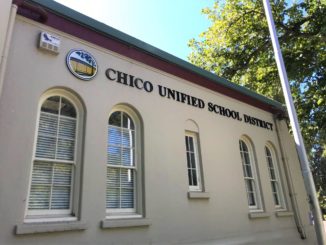
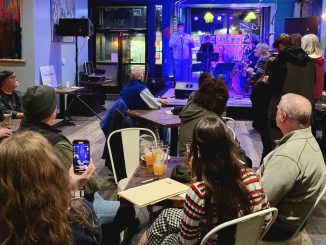
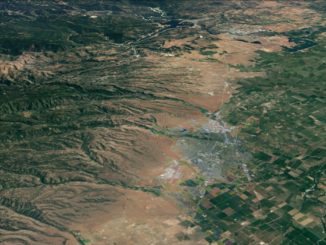
Be the first to comment